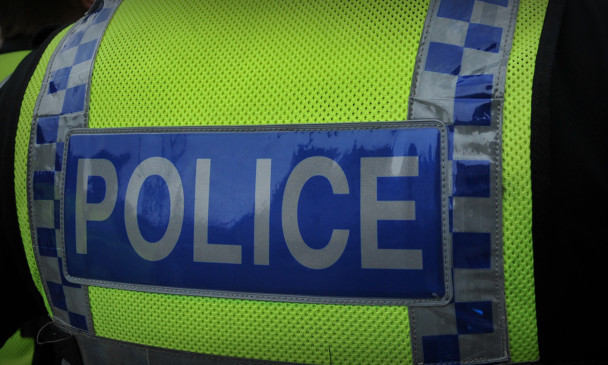Domestic terror arrests increased by almost a third last year, as police and religious leaders try to halt the number of people joining Islamic extremists in Syria.
There were 289 arrests for terrorism-related offences during 2014, an increase of 30% compared with the previous year. This was driven mainly by an increase in arrests in the three months to the end of December, the Home Office said.
Of the nearly 300 arrested, 111 were charged with an offence. Of these, 86% were considered to be terror-related. This is an increase on the 56% which were considered terror-related in the previous year, suggesting police were more frequently able to find evidence to support the link to terrorism following an arrest, the Home Office said.
The number of 18 to 20-year-olds arrested for terrorism-related offences increased from 15 to 46 last year.
It comes against a backdrop of counter-terrorism work by British police to stem the flow of disaffected young Muslims joining Islamic State fighters in Syria and Iraq to wage war against the West.
An estimated 700 Britons are believed to have fled to join Islamic militants, including three sisters and their nine children who left their homes in Bradford earlier this month.
The statistics mirror the trend of a rise in terror-related arrests in England, Wales and Scotland.
Figures released by the Metropolitan Police last month showed a record-high 338 arrests during the last financial year. Today’s statistics are different because they cover the calendar year instead.
A Home Office spokesman said: “We are determined to detect, disrupt and where possible prosecute all terrorist threats to the UK. The figures released today once again highlight the hard work carried out by the police, Security Service and Crown Prosecution Service to keep the public safe.
“At a time of very significant threat, it is vital they have the powers they need to protect the British public. The Counter-Terrorism and Security Act has bolstered our already considerable armoury of powers to disrupt the ability of people to travel abroad to fight, reduce the risks they pose on their return and combat the underlying ideology that feeds, supports and sanctions terrorism.”
In November, David Cameron announced £130 million of additional counter-terrorism funding over two years. It came three months after the country’s threat level was increased from substantial to severe.
